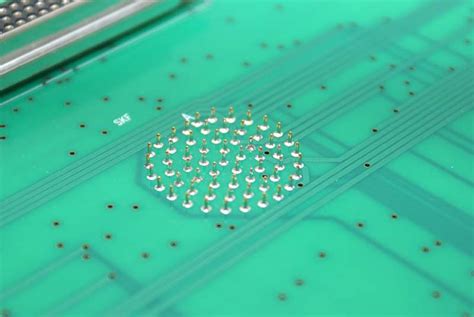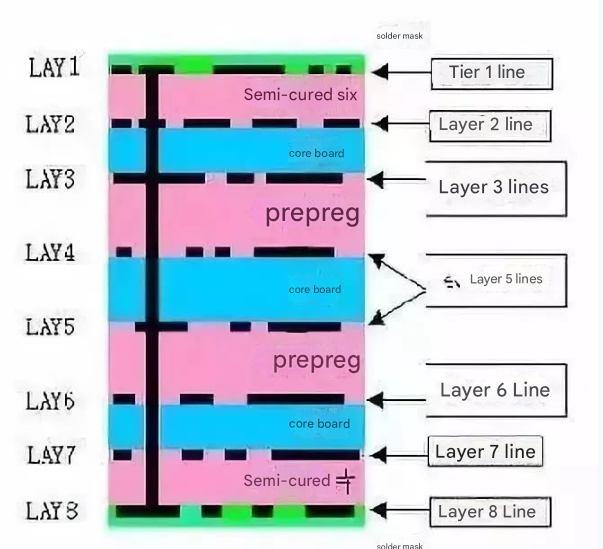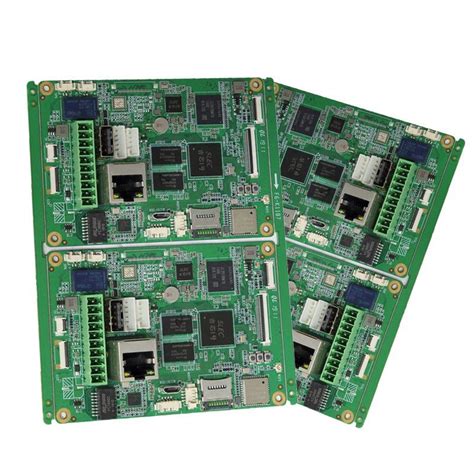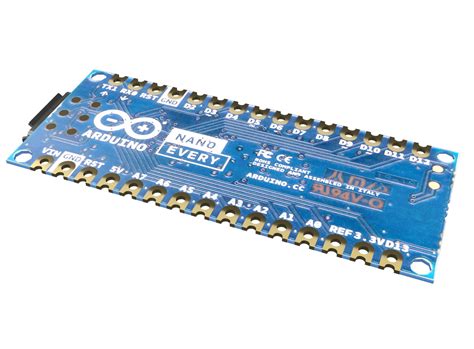Understanding Tombstoning in PCB Assembly Process
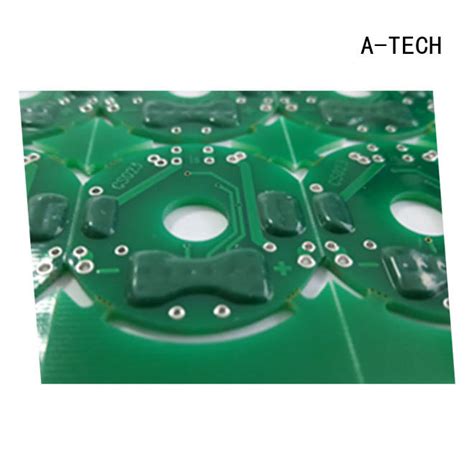
Key Takeaways
Tombstoning in PCB assembly presents a significant challenge in ensuring the reliability and efficacy of printed circuit boards (PCBs). It occurs when components, typically small surface mount devices (SMDs), do not land flat on the board but instead stand upright, resembling tombstones. This phenomenon can lead to poor electrical connections and ultimately affect the performance of the entire device. Understanding the mechanics behind this defect is crucial for those involved in PCBA processes.
Effective prevention of tombstoning requires a combination of techniques. These include optimizing solder paste application, managing reflow profiles accurately, and ensuring that component placement is precise. Techniques such as adjusting the pad design or using components with slightly larger footprints can also help mitigate this risk.
To visualize how different factors contribute to tombstoning issues, consider the following table:
| Factor | Impact Level | Solutions |
|---|---|---|
| Solder Paste Application | High | Use stencil with proper thickness |
| Placement Accuracy | Medium | Implement automated assembly systems |
| Reflow Profile | High | Adjust heating curves |
| Component Design | Medium | Select components with optimal dimensions |
“Effective control at every stage of PCB assembly is essential for ensuring functional reliability and quality.”
By keeping these factors in mind, manufacturers can adopt best practices to bolster electronic connection integrity within their PCBA operations, thus leading to enhanced performance and fewer defects such as tombstoning.
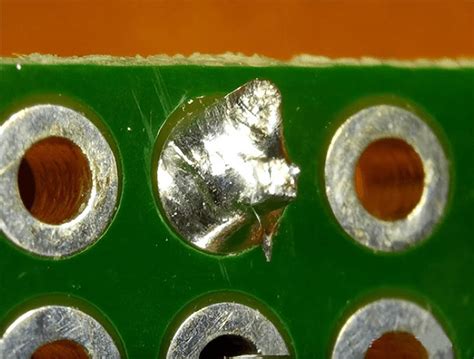
Introduction to Tombstoning in PCB Assembly
Tombstoning is an intriguing phenomenon encountered in PCB assembly that can significantly impact the durability and performance of electronic devices. This defect occurs when a component, typically a surface-mount device (SMD), stands upright instead of lying flat against the printed circuit board (PCB). This misalignment often results from thermal imbalances during the soldering process, where uneven heating can cause one side of the component to solder while the other remains unsoldered. Understanding the intricacies of tombstoning is essential for engineers and manufacturers involved in PCBA (Printed Circuit Board Assembly), as it can lead to compromised connections and even device failure. Proper diagnosis and prevention techniques are crucial for minimizing this issue, including refining solder paste application methods and optimizing reflow profiles. By addressing these factors in the pcb assembly process, manufacturers can enhance reliability and ensure effective electronic connections for their products. Ultimately, understanding tombstoning helps in aligning quality control measures with industry standards, promoting improved performance in electronic applications.
Common Causes of Tombstoning Defects
Tombstoning is a significant concern in PCB assembly processes, often occurring due to a variety of interrelated factors. One primary cause is thermal imbalance, where uneven heating during soldering causes one side of the component to solder faster than the other, leading to the component standing upright. Additionally, component design plays a crucial role; components with asymmetrical leads or irregular weights are more susceptible to tombstoning. Moreover, the choice of solder paste can influence not only adhesive properties but also wetting characteristics, which can exacerbate tombstoning issues. Poor stencil design and misalignment during placement can further contribute to this defect, resulting in inadequate adhesive strength only at one end. Furthermore, environmental factors such as air currents or vibrations in the manufacturing area can disrupt the positioning of components before solder solidification occurs. Recognizing these causes is essential for manufacturers to implement effective solutions and ensure reliable electronic connections within their PCBA processes, ultimately enhancing overall performance and reducing defect rates.
Identifying Tombstoning Issues in PCB Manufacturing
In the pcb assembly process, tombstoning is a defect characterized by components that have risen up from their intended position on the printed circuit board (PCB), resembling tombstones. This phenomenon typically occurs when solder melts unevenly or when there is an imbalance in thermal conditions during soldering. Identifying these issues early in the pcba process is critical for ensuring component reliability and durability. Visual inspections during assembly are vital, as operators can spot signs of tombstoning, such as tilted components or improper alignment. Additionally, leveraging X-ray inspection technology can aid in detecting hidden tombstones that might not be visible to the naked eye. Understanding factors that contribute to this defect—such as the placement of components, the type of solder used, and the heating methodology—allows manufacturers to adopt tailored strategies for effective identification and mitigation. By focusing on these elements, it becomes possible to enhance the integrity and performance of electronic connections within a PCB assembly, ultimately leading to more reliable electronic devices.
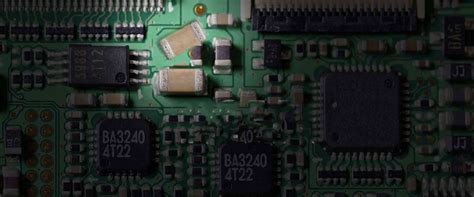
Prevention Techniques for Avoiding Tombstoning
To effectively combat tombstoning in PCB assembly, it is essential to implement several proactive prevention techniques that address both the design and manufacturing stages. One critical approach is to ensure optimal component placement. By strategically positioning components with sufficient spacing, manufacturers can reduce the risk of uneven solder distribution during the soldering process, which often leads to tombstoning defects. Additionally, using appropriate solder paste thickness is vital; too much or too little paste can exacerbate the issue.
Another valuable technique involves selecting components with a low thermal mass, as these tend to heat up more evenly, reducing stress during soldering. Implementing controlled temperature profiles during the reflow process can also help ensure homogeneous heating, consequently mitigating tombstoning risks. Furthermore, designing a PCB with adequate pad sizes and shapes tailored for specific components minimizes displacement and enhances mechanical stability.
Regular monitoring of PCB assembly processes and consistent quality control checks are also crucial in detecting potential tombstoning issues early. Staff training and awareness about the implications of using improper techniques or poor-quality materials can significantly reduce defect rates in PCBA production. By prioritizing these prevention techniques, manufacturers can enhance their production efficiency while ensuring reliable electronic connections that meet performance standards across various applications.

Best Practices for Reliable Electronic Connections
To ensure reliable electronic connections in pcb assembly, it is crucial to adopt best practices that minimize the risk of defects such as tombstoning. First and foremost, maintaining precise control over the solder paste application is essential. Using appropriate stencil designs and printing techniques helps achieve the right amount of solder on the pads, reducing excess that can lead to tombstoning in pcba. Additionally, careful component placement is vital; utilizing automated pick-and-place machines with high accuracy can significantly decrease the likelihood of components misaligning during soldering.
Another critical aspect involves managing thermal profiles during the reflow process. By ensuring a uniform temperature distribution across the pcb assembly, it aids in creating consistent solder joints, thereby improving overall reliability. Regular inspection through visual checks and automated optical inspection (AOI) systems can also be employed to catch any tombstoning occurrences early in the process. Furthermore, training personnel on best practices for handling components can contribute to reducing physical damage that could lead to excessive movement during assembly. Overall, implementing these strategies not only aids in preventing tombstoning but also enhances electronic connectivity and increases the longevity of electronic devices.
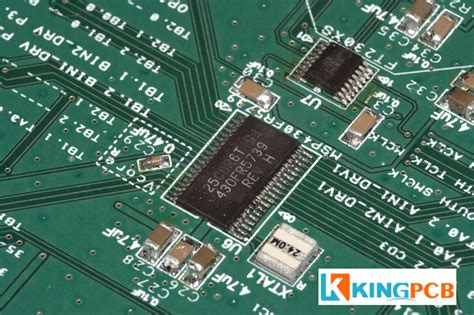
Impact of Tombstoning on Electronic Performance
Tombstoning is a significant defect in PCB assembly that can severely impact the electronic performance of assembled boards. When components become upright or "tombstone," it interrupts electrical connections that are crucial for the functionality of the device. This misalignment leads to poor current flow, which can result in intermittent connections or complete failure of the component to perform its intended function. Furthermore, tombstoning can increase the thermal resistance at connection points, leading to potential overheating and damage during operation. PCBA processes must prioritize precision in component placement and soldering to mitigate these risks. Effective detection and prevention strategies, such as optimal solder paste application and temperature profiling during reflow, are essential in maintaining consistency and reliability within electronic assemblies. By addressing the root causes of tombstoning, manufacturers can ensure enhanced performance and longevity of PCB assembly products, ultimately helping to maintain customer satisfaction and reducing warranty costs associated with component failures.
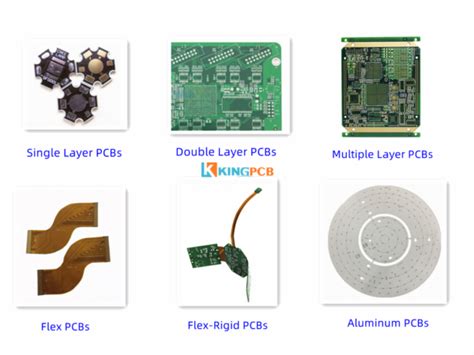
Advanced Solutions to Mitigate Tombstoning Risks
Mitigating tombstoning risks in PCB assembly is paramount for achieving high-quality PCBA results. One advanced solution involves optimizing the solder paste application process. Proper viscosity and appropriate stencil designs can significantly enhance solder deposit consistency, reducing the likelihood of tombstoning. Additionally, employing selective soldering techniques can help target specific components for solder application, minimizing the risk of imbalance during assembly. Furthermore, fine-tuning the reflow oven profiles is essential; adjusting temperature gradients can ensure uniform heating of the components and substrates, thereby promoting even solder flow. The use of component placement machines with higher precision also contributes to mitigating tombstoning issues by ensuring that components are aligned correctly on the PCB, enhancing overall functionality and reliability in electronic connections. Adopting these advanced strategies not only addresses existing challenges but also fosters an environment conducive to improved performance in electronic devices.
Conclusion
In summary, understanding tombstoning in the PCB assembly process is crucial for maintaining the integrity and performance of electronic devices. This defect, where components inadvertently stand upright on the board instead of lying flat, can severely impact functionality and reliability. By recognizing the common causes such as insufficient solder paste, uneven heat distribution during soldering, and component placement inaccuracies, manufacturers can take proactive measures to mitigate these issues. Implementing best practices in PCBA—from precise calibration of soldering machines to rigorous inspection protocols—can greatly reduce the risk of tombstoning. Moreover, embracing advanced solutions like automated optical inspection (AOI) and reflow profiling can ensure that components are securely attached to the board. Ultimately, vigilance against tombstoning not only promotes reliability but also enhances overall electronic performance, making it an essential focus for manufacturers striving toward excellence in PCB assembly.
FAQs
Q: What is tombstoning in PCB assembly?
A: Tombstoning is a defect that occurs during the PCB assembly process, where surface-mounted components stand upright on the board rather than lying flat. This can result in poor electronic connections and compromised functionality.
Q: What are the common causes of tombstoning in PCBA?
A: Common causes of tombstoning include improper solder paste application, uneven thermal distribution during soldering, and the design of the component pads. Ensuring balanced pad sizes and adequate solder paste placement can help mitigate these issues.
Q: How can we identify tombstoning issues during PCB manufacturing?
A: Tombstoning issues can often be identified through visual inspections and automated optical inspection (AOI) systems. Monitoring the solder joint formation and checking for upright components are essential steps in detecting these defects.
Q: What prevention techniques are effective against tombstoning?
A: To prevent tombstoning, it is essential to optimize solder paste volume, ensure uniform temperature distributions during reflow, and utilize components with designs that minimize this risk. Additionally, training operators to recognize potential problems early on is crucial.
Q: How does tombstoning impact electronic performance?
A: Tombstoning can lead to unreliable electronic connections, resulting in intermittent failures or complete operational failures of electronic devices. This impacts the overall performance and reliability of the PCBA, making it critical to address any identified issues promptly.


